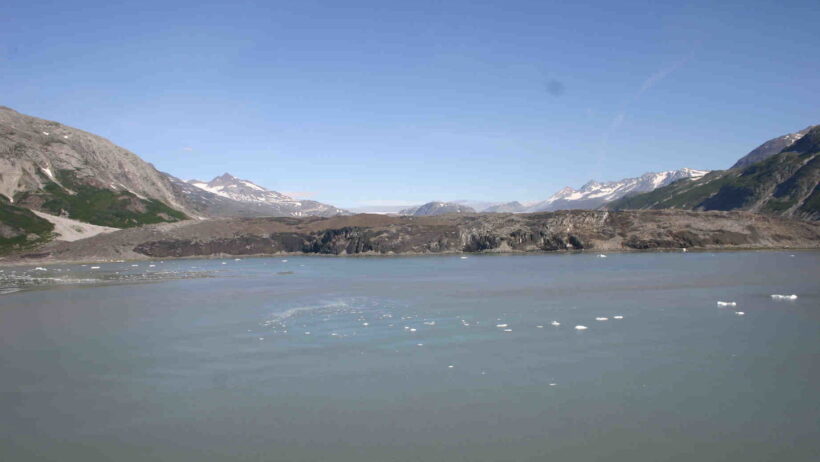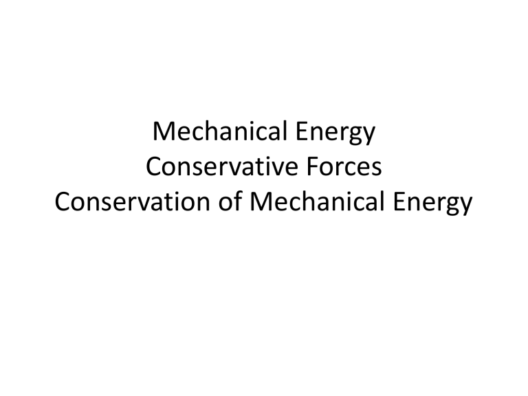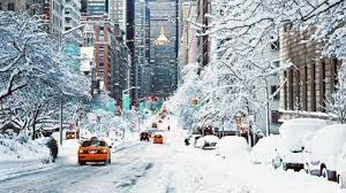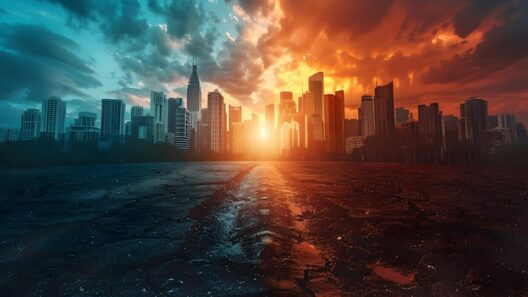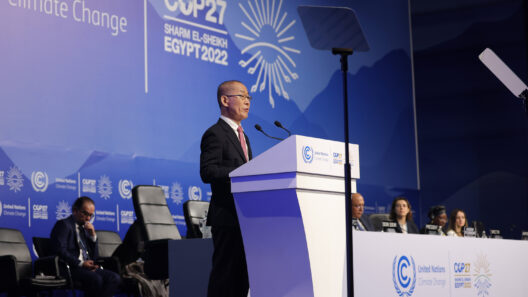As we observe the majestic beauty of glaciers, one can’t help but ask: do glaciers break up because of global warming? This question is not just a playful query; it invites a deeper examination of the intricate relationship between our climate and these frozen giants. The reality is alarming, as the melting of glaciers has significant implications for ecosystems, sea levels, and our overall planetary health.
First, let’s clarify what glaciers are. Glaciers are immense bodies of dense ice that form over centuries of accumulated snowfall, compacted to create a thick layer of ice. Found predominantly in polar regions and high mountains, they act as crucial indicators of climate change. Observations in recent years spotlight a disconcerting trend: glaciers worldwide are diminishing at an unprecedented rate. The scientific community widely agrees that this phenomenon is primarily driven by global warming.
To delve deeper, we must look at the mechanisms at play. Global warming refers to the long-term rise in Earth’s average temperature, predominantly due to the excessive emissions of greenhouse gases—giving rise to the greenhouse effect. When the Earth’s surface absorbs solar radiation, it typically releases some of that energy back into space. However, with heightened levels of carbon dioxide and other greenhouse gases, a significant portion of this energy is trapped, resulting in elevated temperatures.
But how do these rising temperatures affect glaciers? The answer lies in two primary processes: surface melting and calving. Surface melting occurs when temperatures rise sufficiently to melt the ice at the glacier’s surface layer. This melting leads to a reduction in mass and, consequently, the glacier’s overall size. Furthermore, increased surface temperatures can also lead to destabilization of the glacier’s structure, making it more prone to cracks and fissures.
On the other hand, calving refers to the breaking away of chunks of ice from the edge of a glacier, which often occurs when the glacier flows into water bodies such as oceans or lakes. As the climate warms, bodies of water become increasingly warmer, which not only contributes to the melting of glaciers but also facilitates calving. As glaciers slide into warmer waters, they experience increased melting as well as accelerated calving, leading to a rapid retreat that significantly alters the landscape.
The implications of glacier disintegration are profound. One of the most pressing concerns is the dramatic rise in sea levels attributed to melting glaciers. According to research, if the major ice sheets in Greenland or Antarctica succumb to accelerated melting, sea levels could rise by several meters. This scenario could inundate coastal regions, displacing millions of people and impacting ecosystems globally. The socio-economic consequences of such disruptions would be catastrophic, influencing agriculture, freshwater supply, and biodiversity.
Moreover, the melting glaciers also represent a loss of freshwater storage. Many communities worldwide rely on glacial meltwater for drinking and irrigation. As glaciers diminish, the initial increase in meltwater will lead to short-term availability, but ultimately, the long-term storage effects will result in water scarcity. This challenge poses a threat to both food security and public health, particularly in regions heavily reliant on glacial-fed rivers.
Furthermore, the ecological impacts are far-reaching. Glacial meltwater significantly influences stream temperatures and hydrological cycles. As glaciers retreat, aquatic ecosystems could face disruptions, altering the natural habitats of species that depend on cold, stable water conditions. The shift could lead to decreased biodiversity, as both flora and fauna struggle to adapt to the changing environment.
Interestingly, while the overwhelming evidence points towards global warming as a catalyst for glacier retreat, some might argue that natural climate variability plays a role as well. However, the consensus within the scientific community supports the assertion that human-induced climate change is the primary culprit behind the accelerated melting of glaciers. What then can be done to confront this growing crisis?
Addressing the issue of glacier melting requires a multifaceted approach that encompasses both mitigation and adaptation strategies. Firstly, to combat the root causes of global warming, transitioning to renewable energy sources such as solar, wind, and hydroelectric power is essential. This transition will significantly reduce greenhouse gas emissions and help shift the trajectory of our warming planet.
Secondly, promoting energy efficiency and conservation measures can lead to substantial reductions in carbon footprints. Supporting policies that encourage sustainable transportation, waste reduction, and responsible land use practices can also foster a greener future. Individuals, businesses, and governments must collaborate to implement these strategies effectively.
Adaptation strategies are equally important. Communities that are vulnerable to the effects of glacier retreat should develop comprehensive plans that prioritize water management, urban planning, and disaster preparedness. By investing in infrastructure that can withstand changing environmental conditions, communities can bolster resilience against the impacts of climate change.
Ultimately, while the question persists: do glaciers break up because of global warming? The evidence strongly suggests that the answer is a resounding yes. This reality, however, serves not only as a warning but as a call to action. As stewards of our planet, it is our responsibility to engage in meaningful actions that safeguard these irreplaceable natural wonders and the intricate ecosystems dependent on them.
The path forward will undoubtedly be challenging, yet it is a challenge that must be embraced. The fate of our glaciers—and the health of our planet—depend on our collective resolve to tackle climate change head-on.



